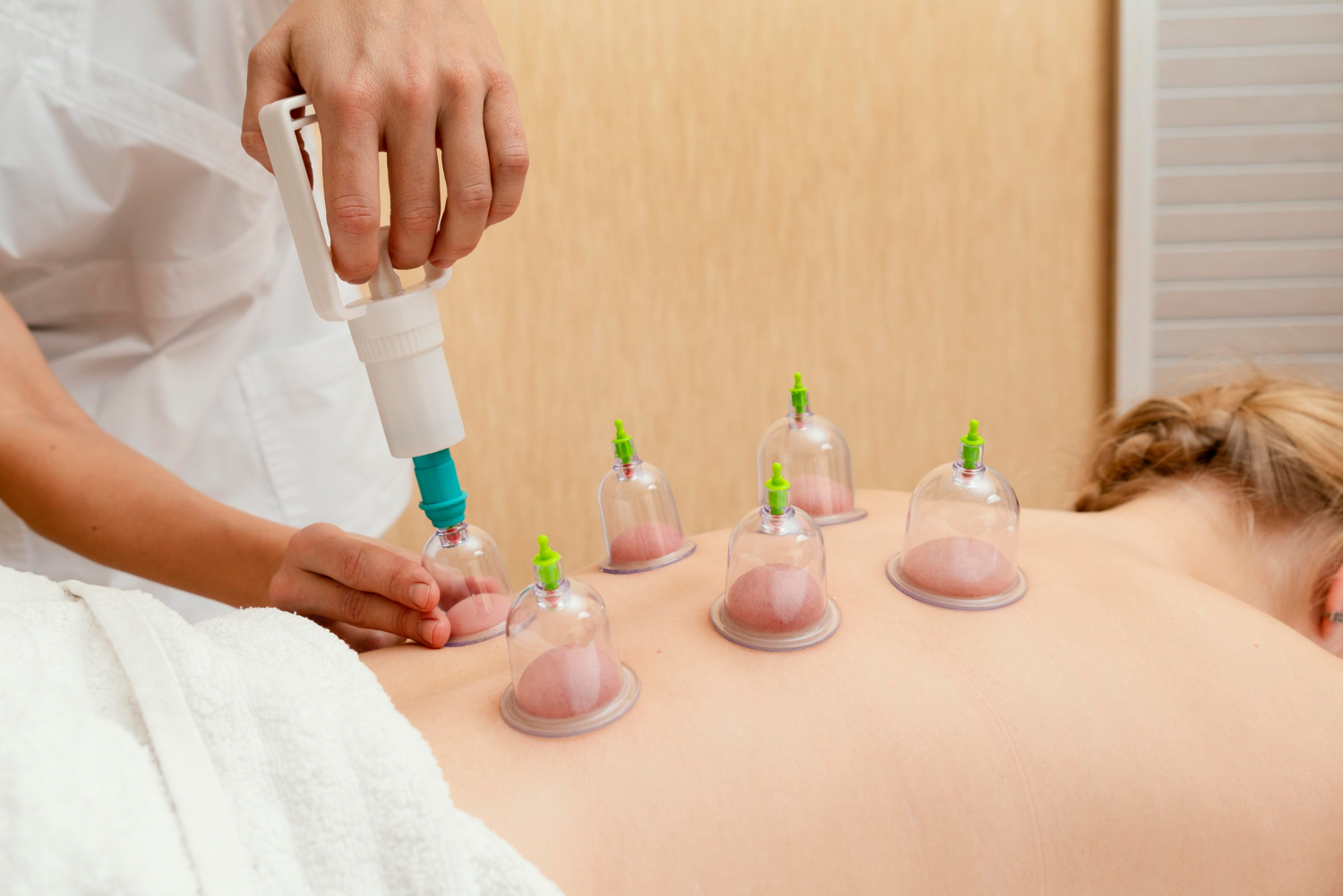Aortic valve replacement is a major surgery to treat serious heart conditions like stenosis and regurgitation. The surgery is done to replace the faulty valve with a working one so patients can get better health and longer life. India is known for its good healthcare with skilled doctors leading the way. Treatment costs in India are still much lower than most countries and shorter waiting times attract foreign patients.
Comparing the Cost of Aortic Valve Replacement in India and the USA
Aortic valve replacements are much cheaper in India than in America. Full treatment in India, including evaluation, surgery, and follow-up, is between $3,500 and $40,000. In the United States, the same procedure costs a minimum of $55,000 and as much as $200,000. High charges in America include hospitals, surgeons and anaesthetic fees, and medical services. Fees also vary depending on the hospital name, city, and level of skill for the team. Hospital stays of longer duration and recovery programs with prior planning also contribute to costs in America. India is the most sought-after destination for medical tourists due to the fact that treatment is cost-effective. Air travel from India to the USA by air fare is around $1,500 to $2,000 per round-trip ticket. Accommodation in India, such as hostels, starts from $50 to $100 a night. A US visa for foreign nationals usually costs about $200. Locally, it is inexpensive to get around; car hire ranges from $10 and up to $50 per day. Prepaid phone SIM cards cost between $5–$15.
What Are the Most Common Reasons for Aortic Valve Replacement Surgery?
Aortic valve replacement surgery is required for aortic stenosis when the valve becomes narrow and affects blood flow. Shortness of breath and chest pain are common symptoms of stenosis. Aortic regurgitation is another reason; the valve does not close properly and patients feel tired or feel their heart beating.
Aortic Valve Replacement Options
There are several ways to replace a damaged aortic valve. These are:
- Surgical Aortic Valve Replacement (SAVR)
This is the traditional way of open-heart surgery to remove the faulty valve and insert a new one which can be mechanical or tissue based. While SAVR is very effective, it has a longer recovery time due to its invasive nature. In India, the cost is between $3,200 and $6,500 and the cost of aortic valve replacement surgery in USA it is between $85,000 and $180,000.
2. Transcatheter Aortic Valve Replacement (TAVR)
Also known as Transcatheter Aortic Valve Implantation (TAVI), this is a less invasive procedure where a catheter is inserted through the leg to place a new valve inside the existing one. It is recommended for patients at high surgical risk. The cost in India is between $27,000 and $38,000 and in US it is between $55,000 and $150,000.
3. Ross Procedure
This surgery involves replacing the diseased aortic valve with the patient’s own pulmonary valve. A donor valve is then used to replace the pulmonary valve. It is chosen for younger patients as the new valve can grow with them. The Ross procedure cost is around $4,500 to $7,800 in India and $65,000 to $160,000 in US.
4. Homograft (Allograft) Valve Replacement
In this method a donated human valve is used to replace the damaged one. It is useful for patients with valve infections or younger patients. Homografts are valued for their compatibility and long term function. The cost is between $5,500 and $13,000 in India and the cost of aortic valve replacement surgery in USA is between $80,000 and $200,000.
5. Mechanical Valve Replacement
These valves are made of robust material like metal or carbon and are meant to last a lifetime. However patients have to be on blood thinners for life to avoid clot formation. This is ideal for younger patients who can manage long term anticoagulation therapy. The cost is $3,800 to $6,800 in India and $85,000 to $180,000 in US.
6. Biological Valve Replacement
Also known as tissue valves, these are made from animal tissue (cow or pig) or donated human tissue. They don’t need long term anticoagulation but usually need to be replaced in 10 to 20 years. They are preferred for older patients. In India the cost is between $4,500 and $9,000 and in US it is between $100,000 and $180,000.
|
Procedure Type |
India |
USA |
|
Surgical Aortic Valve Replacement (SAVR) |
$3,200 - $6,500 |
$85,000 - $180,000 |
|
Transcatheter Aortic Valve Replacement (TAVR) |
$27,000 - $38,000 |
$55,000 - $150,000 |
|
Ross Procedure |
$4,500 - $7,800 |
$65,000 - $160,000 |
|
Homograft (Allograft) Valve Replacement |
$5,500 - $13,000 |
$80,000 - $200,000 |
|
Mechanical Valve Replacement |
$3,800 - $6,800 |
$85,000 - $180,000 |
|
Biological Valve Replacement |
$4,500 - $9,000 |
$100,000 - $180,000 |
Why Choose Racure Healthcare?
Racure Healthcare steps in to coordinate the entire travel process for patients in need of surgery. This organisation assists with visa documentation, booking flights, airport transfers, and accommodation. They also distribute local SIM cards, organise interpreters, and assist with visa renewals. Patients receive 24/7 support throughout their stay. Racure Healthcare provides foreign patients with access to India's best hospitals at low prices and high quality. Artemis Hospital (Gurgaon), BLK-Max Super Speciality Hospital, and Medanta—The Medicity (Gurgaon) in India are some of the hospitals that have high standards of medicine and great teams. This arrangement ensures that patients receive quality care in India at much lower prices than in the US.
|
Category |
USA |
India |
|
Hospital and Treatment |
$55,000 - $200,000 |
$3,500 - $40,000 |
|
Visa |
N/A |
$200 |
|
Flight |
N/A |
$1,500 - $2,000 (round trip from USA) |
|
Accommodation |
N/A |
$50 - $100 per night |
|
Transport |
N/A |
$10 - $50 per day |
A Guide to Aortic Valve Types and Their Replacement Options
The aortic valve regulates blood flow out of the left ventricle of the heart into the aorta. If this needs to be replaced, there are a number of different types to choose from with special characteristics. Mechanical valves have strong materials like metal or carbon and are long-lasting. If you have a mechanical valve, blood thinners are required in order to prevent clotting. Tissue or biological valves are sourced from animals such as cows or pigs or human donated. These valves are not required to use blood thinners indefinitely, but will require replacement after 10 to 20 years as a result of normal wear.
Homograft or allograft valves are human-donated and usually employed when infection of the valve, such as endocarditis, has ensued. Ross procedure employs the patient's own pulmonary valve to replace the aortic valve's function and substitutes the pulmonary valve with a donor valve. This is sometimes selected for young patients because the valve can develop as patients grow. Understanding possibilities for valve type assists patients and health professionals with a wise treatment decision. Medical classification codes, like "aortic valve replacement ICD 10", record these procedures. Aortic valve replacement is one of the most common heart surgeries performed in the United States.







